While grass lawns certainly have their place, such as play spaces for children and pets, they also require upkeep that drains our time and negatively affects the natural environment. How many hours and gallons of gas are spent mowing unused spaces? These low-traffic sections of the yard can be replaced with grass alternatives for lawns requiring little to no mowing yet maintaining an attractive appearance.
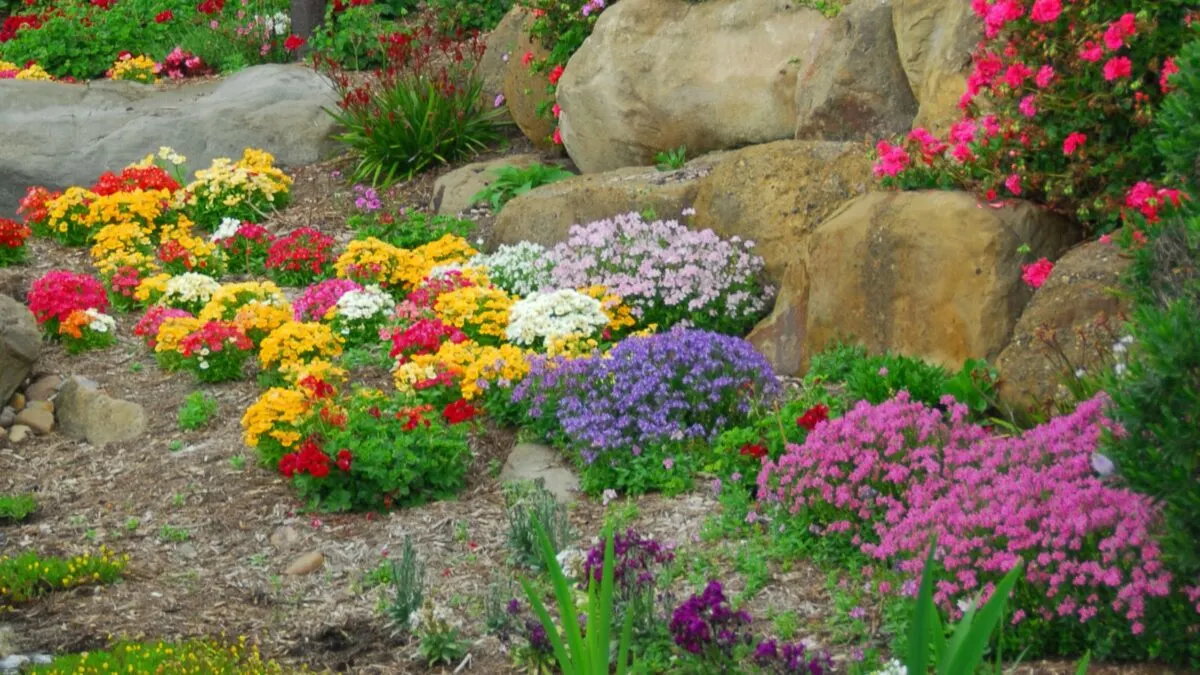
1. White clover (Trifolium repens)
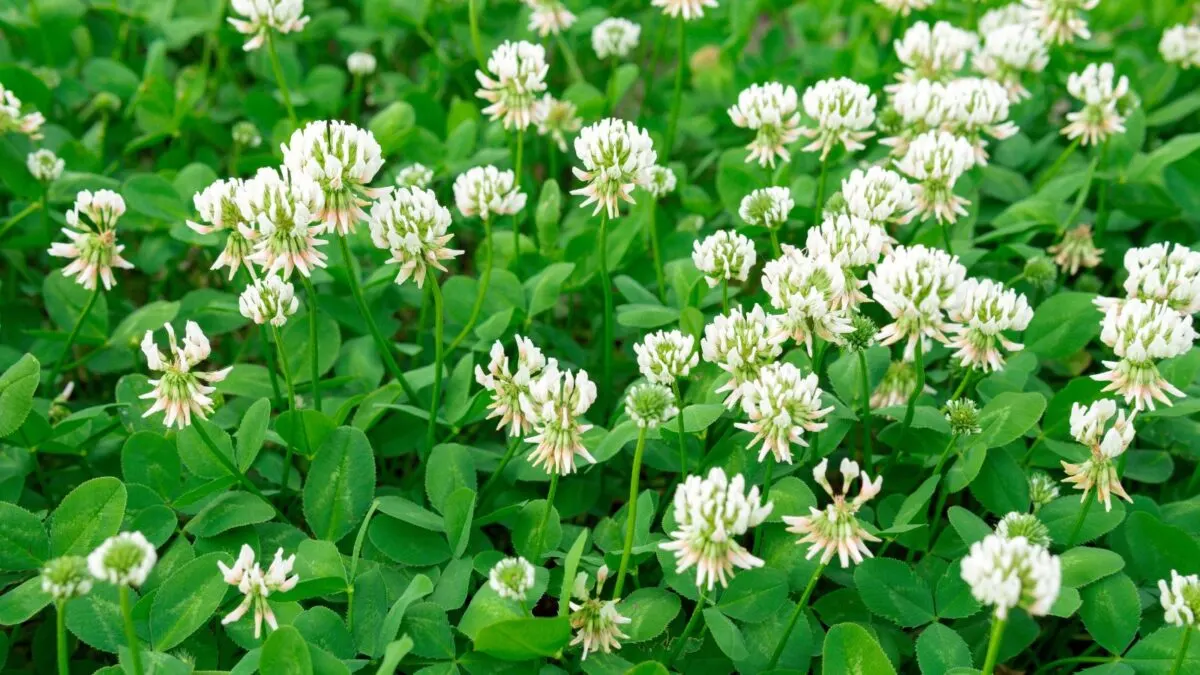
At just four to six inches tall, white clover never needs mowing. This mat-forming herbaceous perennial spreads readily to cover large spaces. When we stop to reconsider this common “weed,” we might notice that it actually has rather attractive trifoliate foliage and pretty white flowers, which feed butterflies, native bees, and other pollinators.
White clover thrives in sun to part shade and moist, well-drained soil. It grows in USDA zones 3-10.
2. Thyme-leaf speedwell (Veronica serpyllifolia)
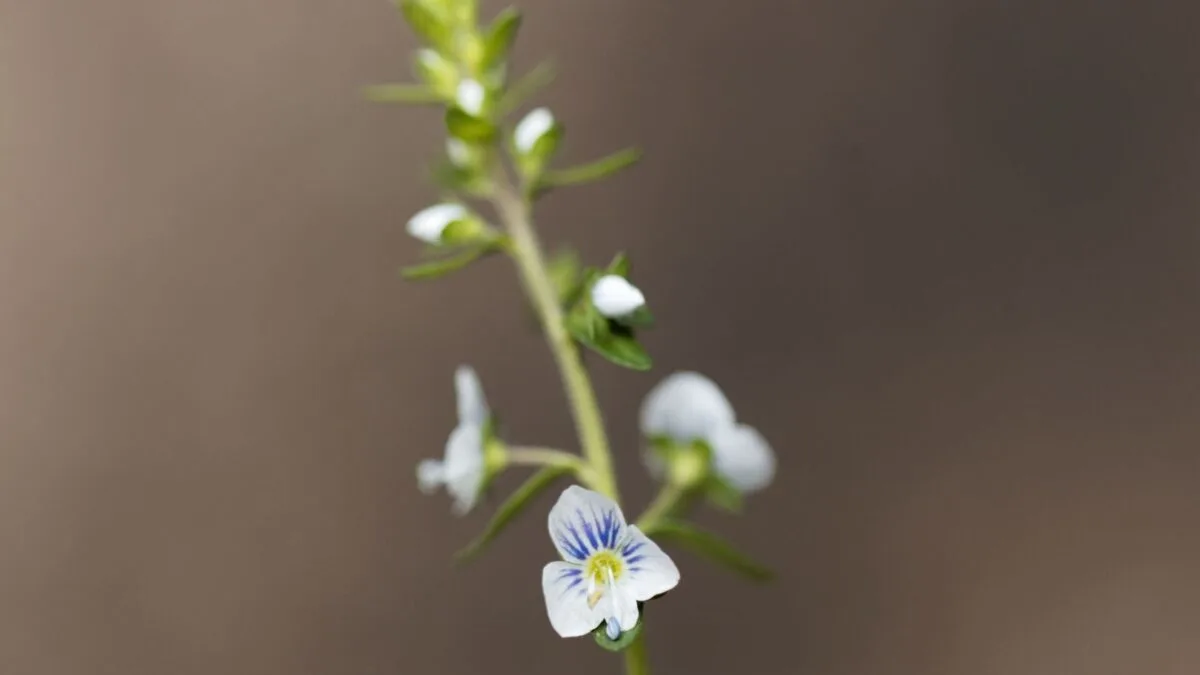
The green, creeping stems of thyme-leaf speedwell have a purple blush and are covered in the small, ovate leaves that give this perennial its name. From spring into early summer, tiny but beautiful four-petaled flowers bloom with either blue petals or white petals with blue stripes. Thyme-leaf speedwell grows six inches to a foot tall.
Tolerant of a variety of soil types and full sun to part shade, thyme-leaf speedwell only requires good drainage. It is hardy in zones 3-8.
3. Creeping thyme (Thymus serpyllum)
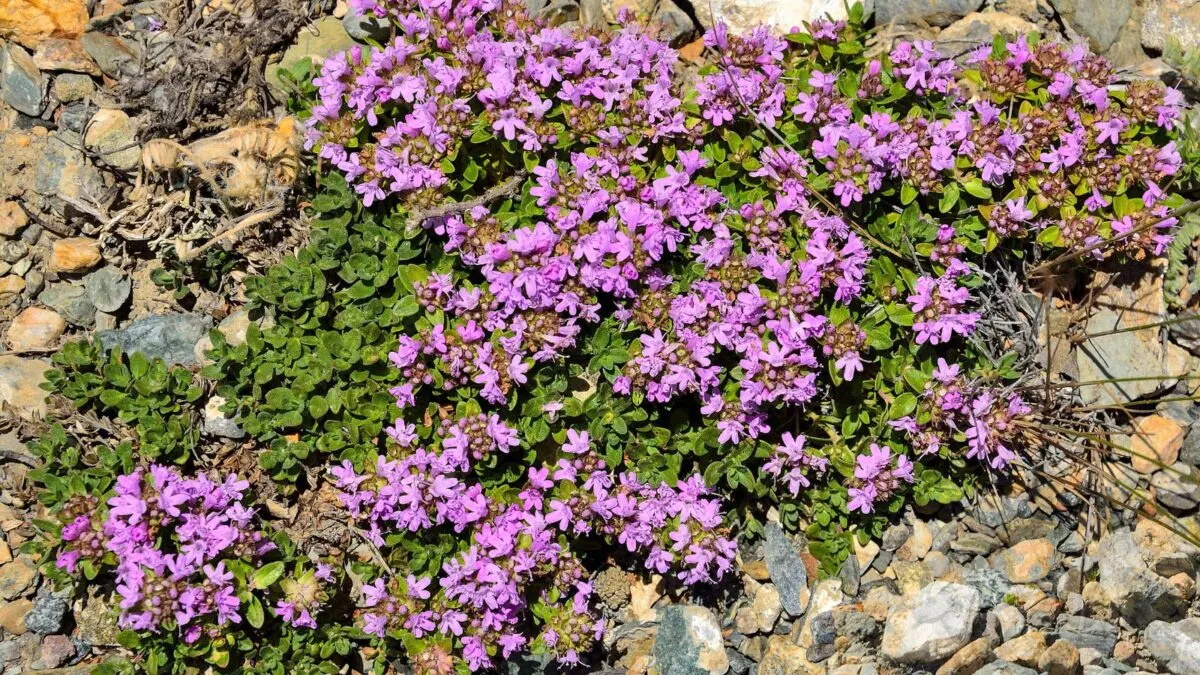
An increasingly popular lawn alternative, creeping thyme has fragrant semi-evergreen foliage perfect for filling in between stepping stones or carpeting a yard. Throughout the summer, masses of pink to purple flowers bloom above the leaves, attracting bees and butterflies. This woody dwarf perennial grows just two or three inches high.
Creeping time prefers average to dry soil and full sun, and it tolerates drought and poor soil. It thrives in zones 4-9.
4. Pennsylvania sedge (Carex pensylvanica)
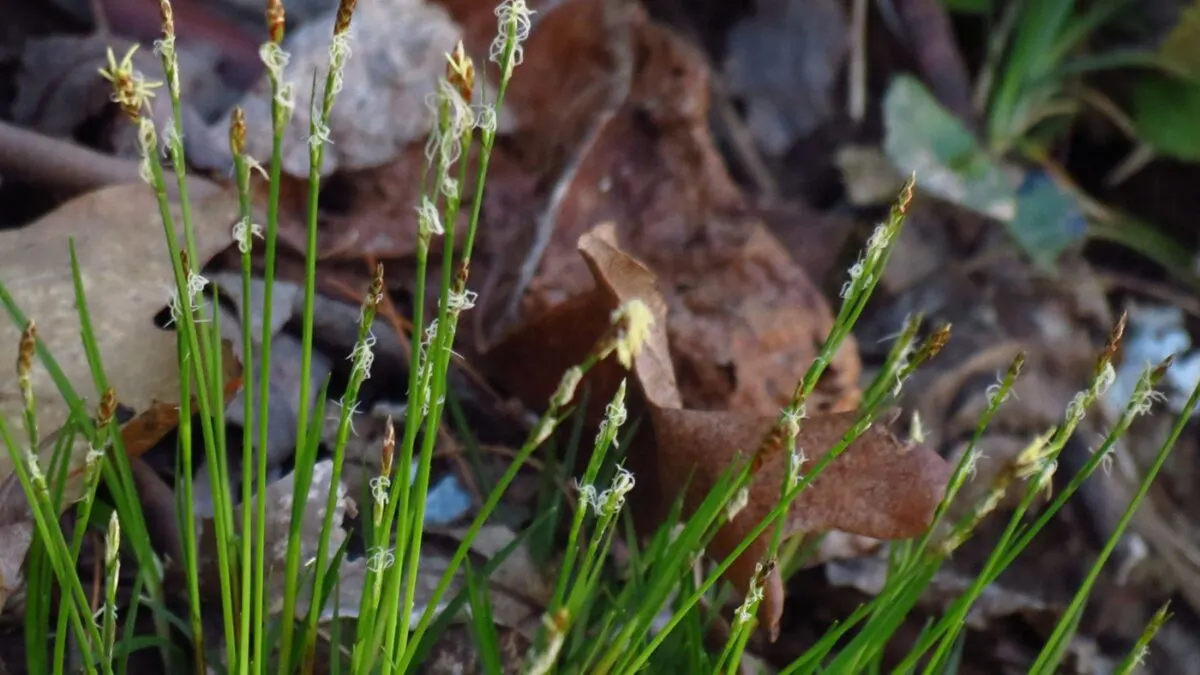
The creeping roots of Pennsylvania sedge form soft clumps of grassy foliage in loose colonies. It grows 10 inches tall, and mowing just once or twice in a season will maintain a low, tidy height. In spring, the inflorescences appear to have reddish scales and stringy white “hairs.”
This native North American sedge grows best in zones 3-8. It appreciates dry to moist soil in part shade, though it will tolerate wet conditions and deep shade.
5. Dwarf cinquefoil (Potentilla canadensis)
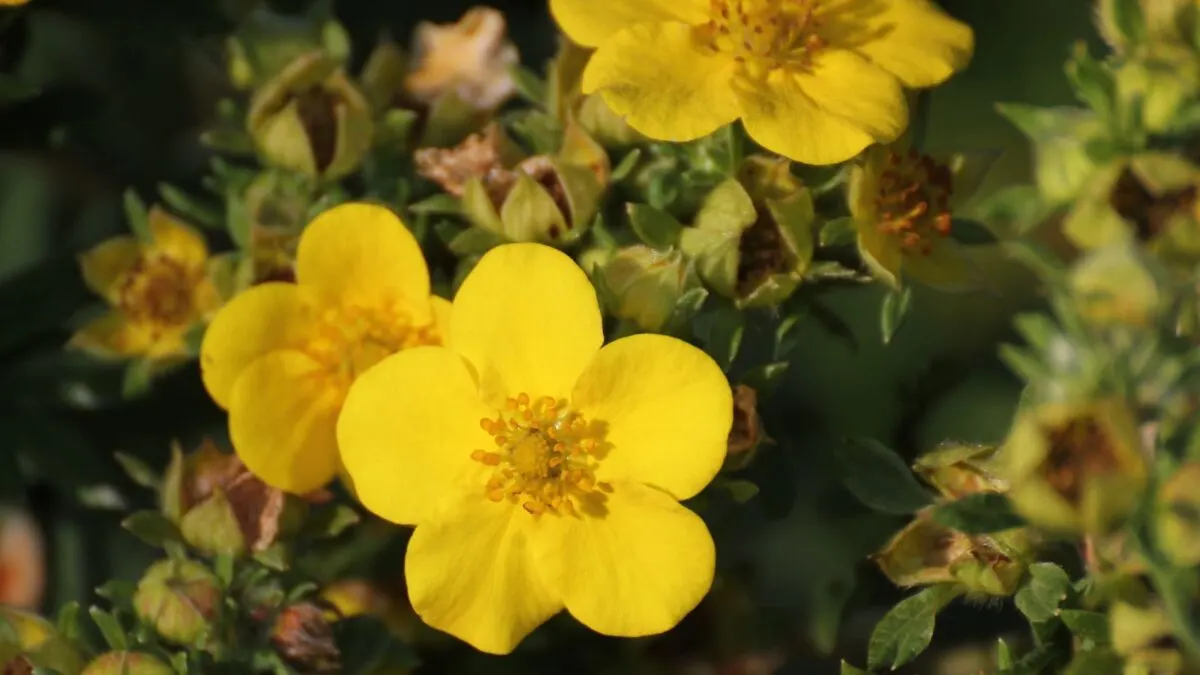
Dwarf cinquefoil forms a large, low mat by rooting at the nodes of stems. Each of its palmate leaves has five egg-shaped leaflets with serrated edges. In spring and into summer, each plant produces a single bright yellow flower with five petals.
Native to eastern North America, dwarf cinquefoil thrives in zones 4-8. It prefers full sun to part shade and good drainage.
6. Seersucker sedge (Carex plantaginea)
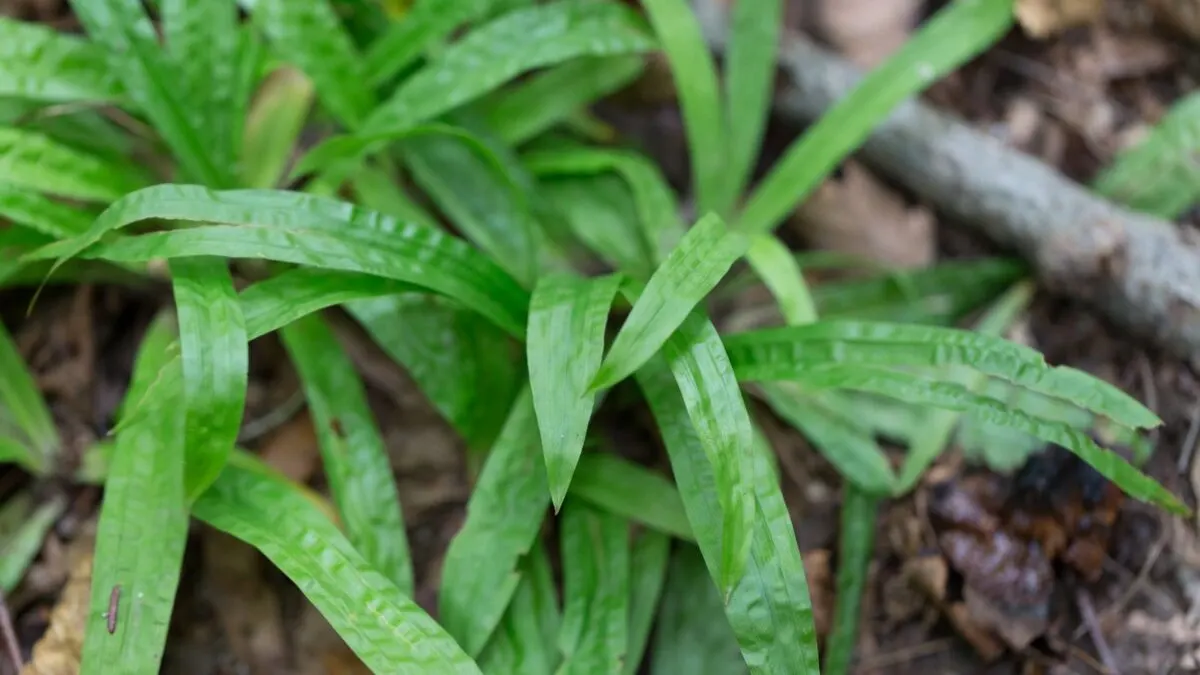
The puckered, wavy leaves of seersucker sedge add striking texture to shady yards. This rhizomatous perennial spreads to form colonies of foot-tall clumps. In spring, it sends up showy, purple-brown flower spikes.
Seersucker sedge requires a shady spot with organically rich, moist to wet soil. This North American native grows in zones 3-8.
7. Common blue violet (Viola sororia)
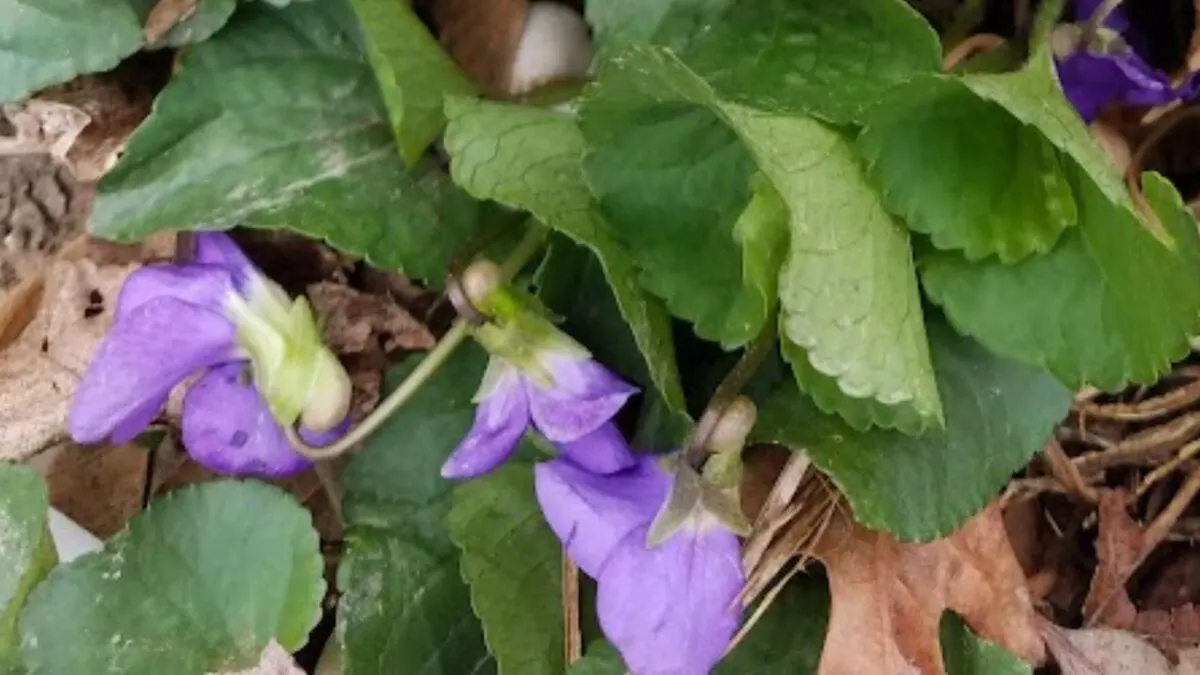
In spring, common blue violet sends up slender, nodding stems holding blue-purple to white flowers that feed native bees and butterflies. Clumps of heart-shaped leaves serve as an attractive backdrop. This beautiful woodland wildflower spreads via rhizomes and self-sows readily, making it an excellent ground cover.
Common blue violet prefers dappled sunlight and moist, rich soil, though it will grow almost anywhere in zones 3-7. It tolerates most light conditions, wet soil, clay, and black walnut trees.
8. Spreading sedge (Carex laxiculmis)
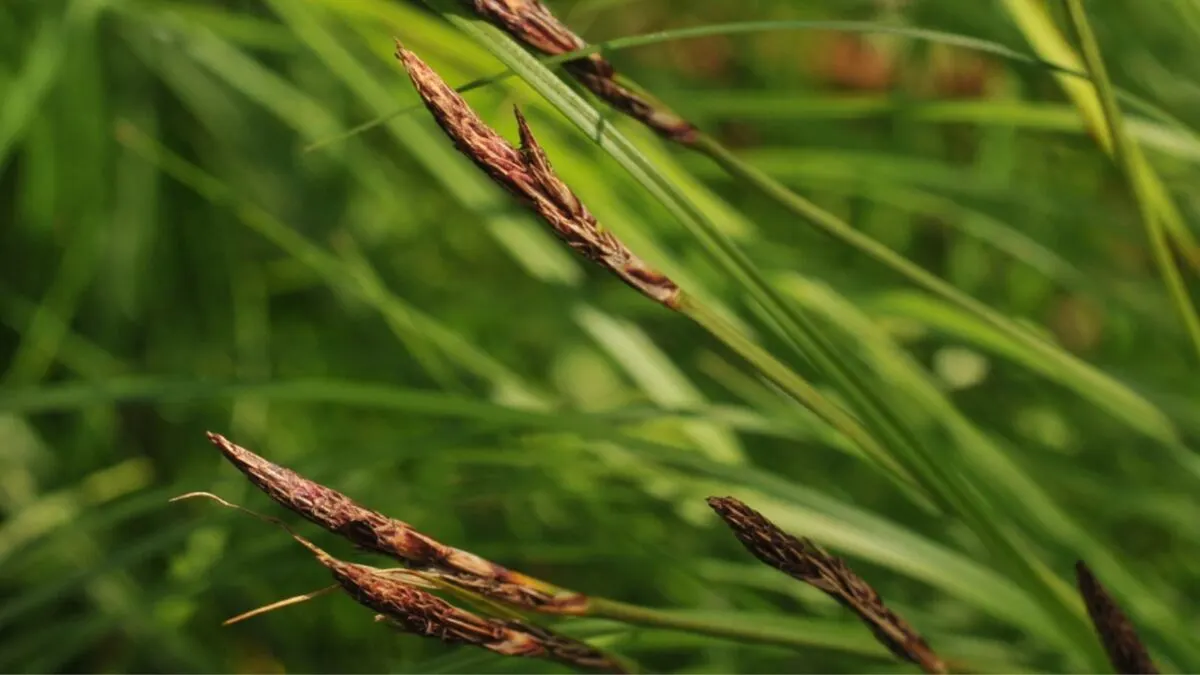
Named for its slow, rhizomatic spread, spreading sedge forms dense, rounded mounds of arching foliage. The strappy, green to blue-green leaves grow six to 12 inches long, and inconspicuous white flowers form on triangular flowering stems in late spring to early summer. Somewhat showier brown seed heads follow.
This native woodland sedge is hardy in zones 5-9 and grows best in moist to wet soils in part to full shade.
9. Woolly yarrow (Achillea tomentosa)
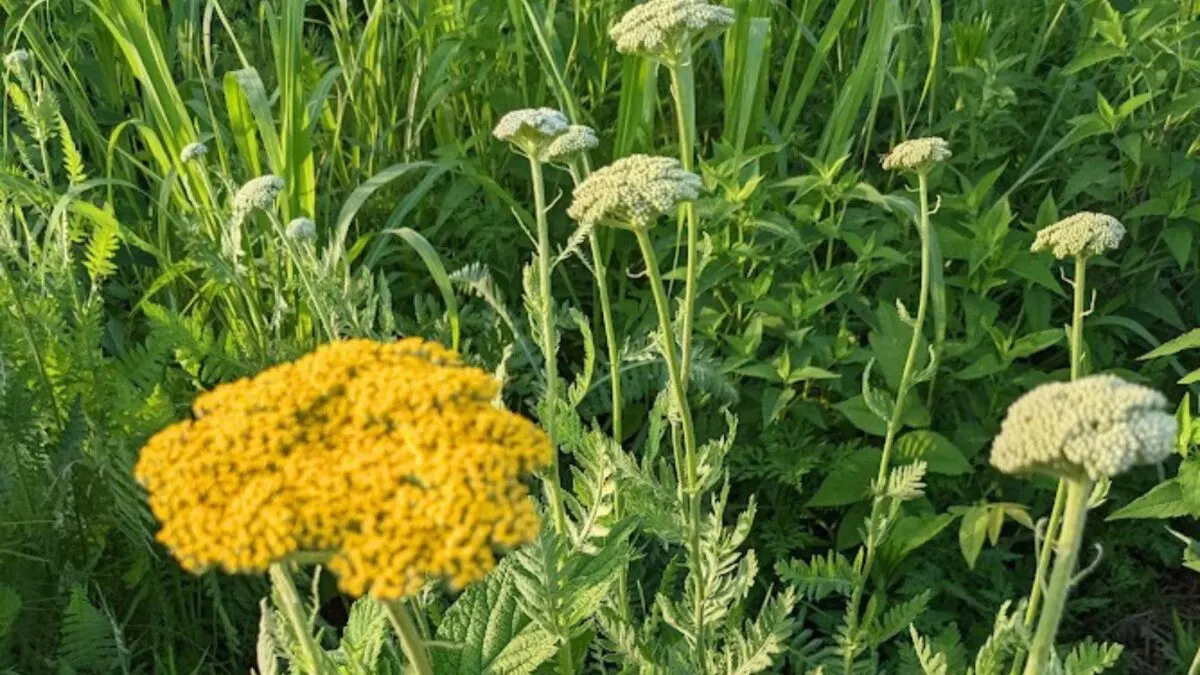
Low-growing wooly yarrow has distinctive silver-gray, fuzzy, ferny foliage that adds unique texture to the garden or grass-free lawn. In spring and into summer, dense, flat-topped clusters of tiny yellow flowers bloom. Cutting spent flower stalks down to the basal leaves can encourage a fall bloom as well.
A hardy little plant, wooly yarrow tolerates drought, poor soils, and light foot traffic. It requires excellent drainage and full sun. Because it will languish in heat and humidity, wooly yarrow grows best in zone 3-7.
10. Field pansy (Viola bicolor)
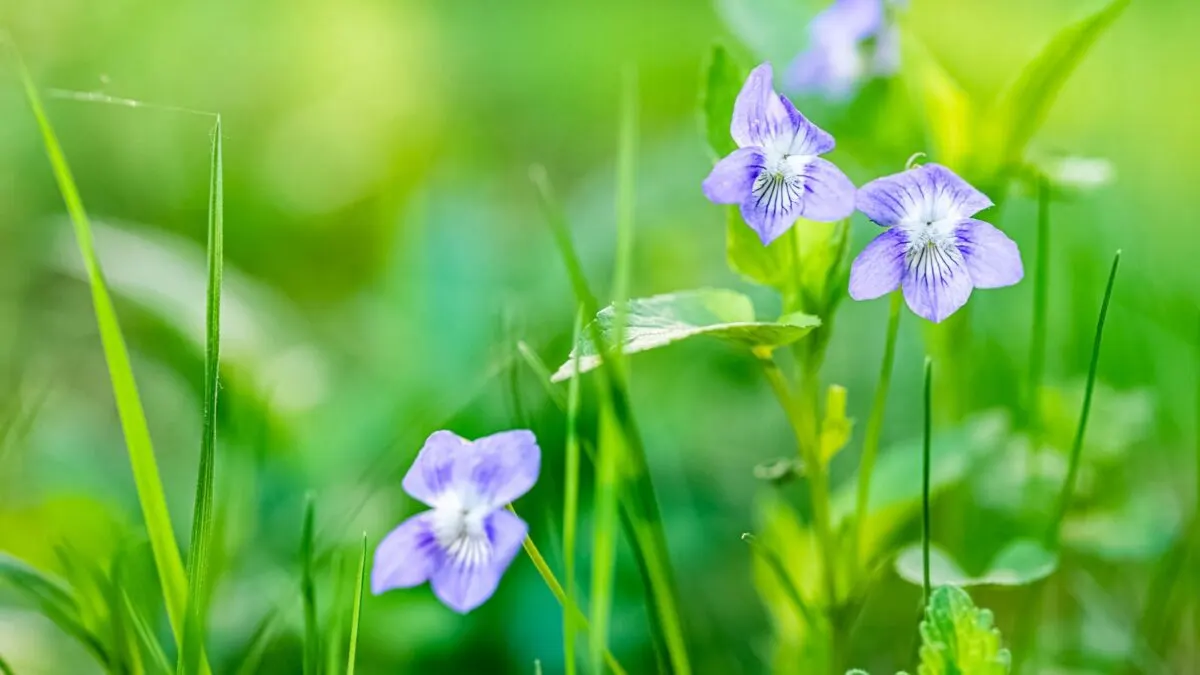
A cousin to the common blue violet listed above, field pansy also has lovely blue-purple to white flowers, these with dark veins and a yellow patch in the throat. Also called Johnny jump up, it sprouts quickly in the spring and spreads readily to form colonies.
Field pansy thrives in moist, sandy soil in full sun but will also tolerate a range of other soils, part shade, and even light foot traffic. This adaptive plant grows in zones 4-10.
11. Irish moss (Sagina subulata)
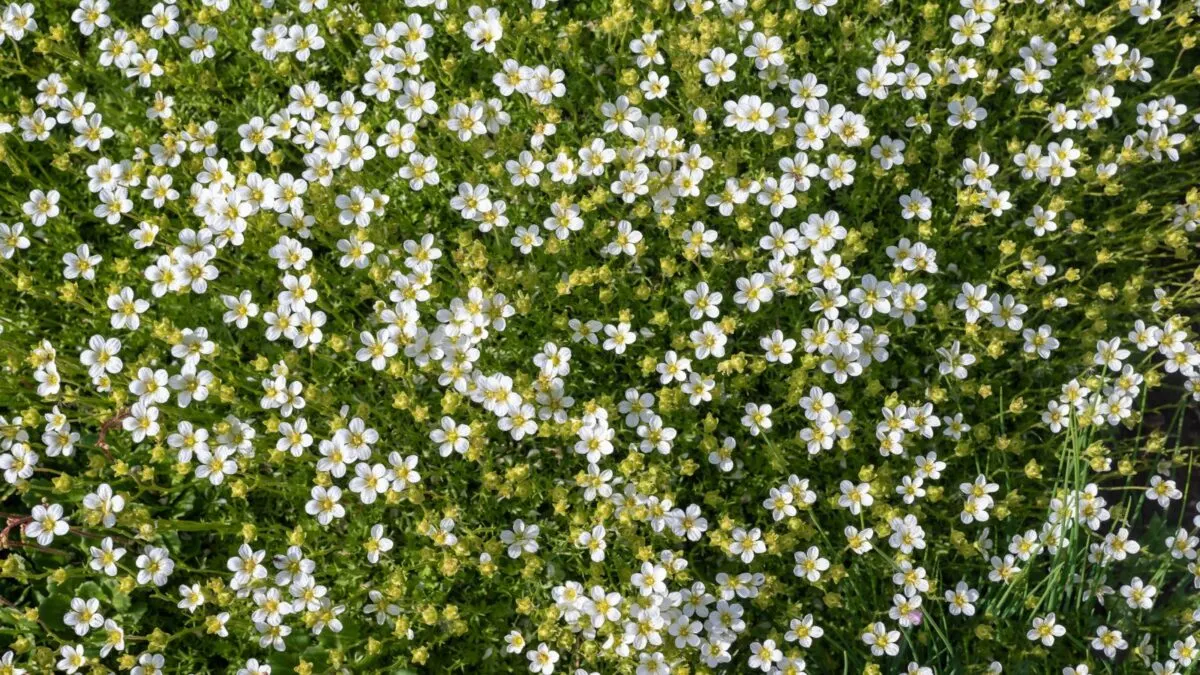
At just one to two inches tall, Irish moss is often used to simulate lawn in container fairy gardens. It also makes an excellent real lawn alternative, forming dense, compact mats of fine, moss-like foliage. In late spring, tiny white, star-shaped flowers sprinkle the green carpet and continue blooming sporadically throughout the growing season.
Irish moss thrives in zones 4-8 with full to part sun and moist, well-drained soil.
27 Ground Cover Plants For Clay Soil You’ll Love
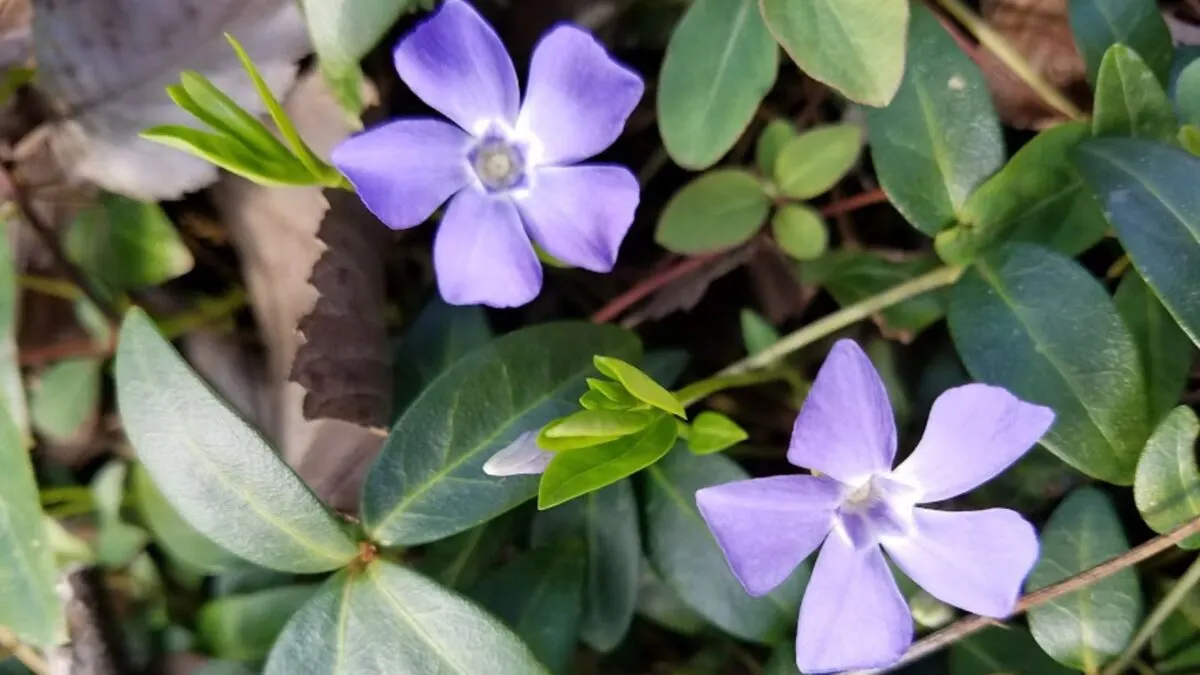
Not many plants grow well in clay soil, but choosing a few clay-tolerant plants can transform your garden into a vibrant and beautiful space by providing early summer color, moisture tolerance, and low maintenance.
Here are 27 plants that don’t mind clay soil.
10 Great Ground Cover Plants for Slopes
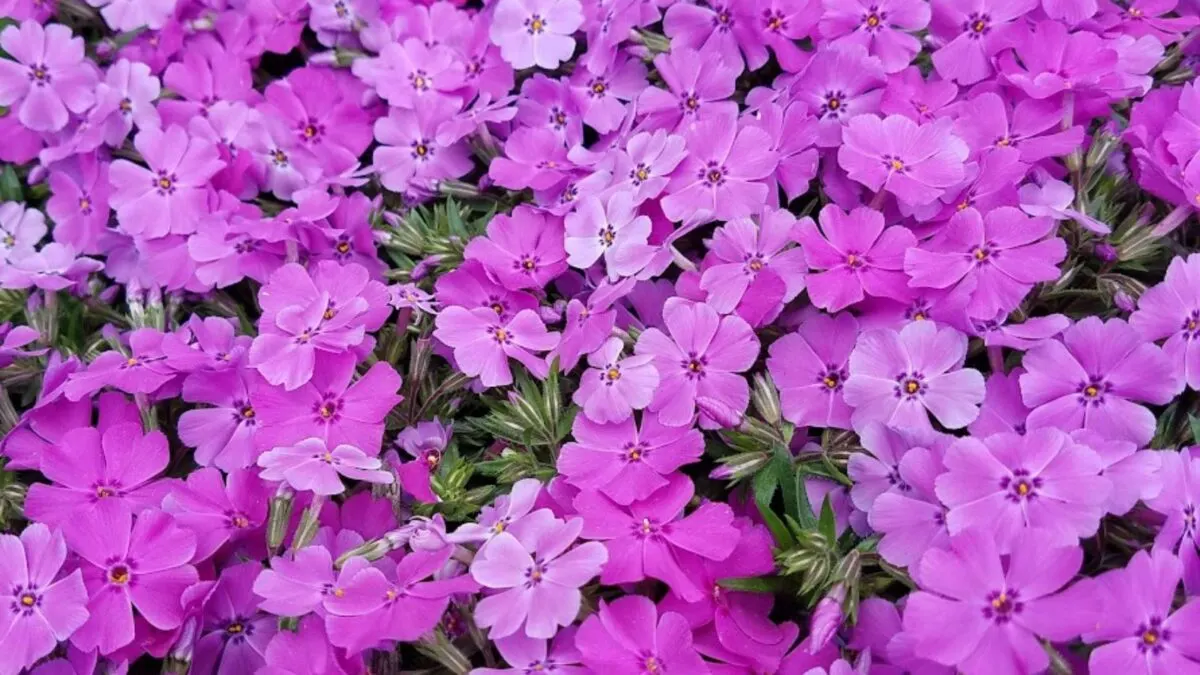
If you have a yard with steep slopes, planting a ground cover is an excellent solution. Quick to grow, ground covers also help prevent erosion. Here are 11 easy to grow ground covers to try in your hilly yard.
Serena Manickam is a freelance editor and writer and sustainable market gardener in rural Virginia. She holds a BA in environmental science and runs Fairydiddle Farm, a small market garden in which she grows no-spray produce and herbs to sell at a local farmer’s market.


Debra Friend
Wednesday 13th of March 2024
This is exactly what I've been looking for. We have sand and then clay have hard time finding anything to grow in it. I'm going to take some of your tips in this section and put them to the test. I'm very excited now about my yard cool plants